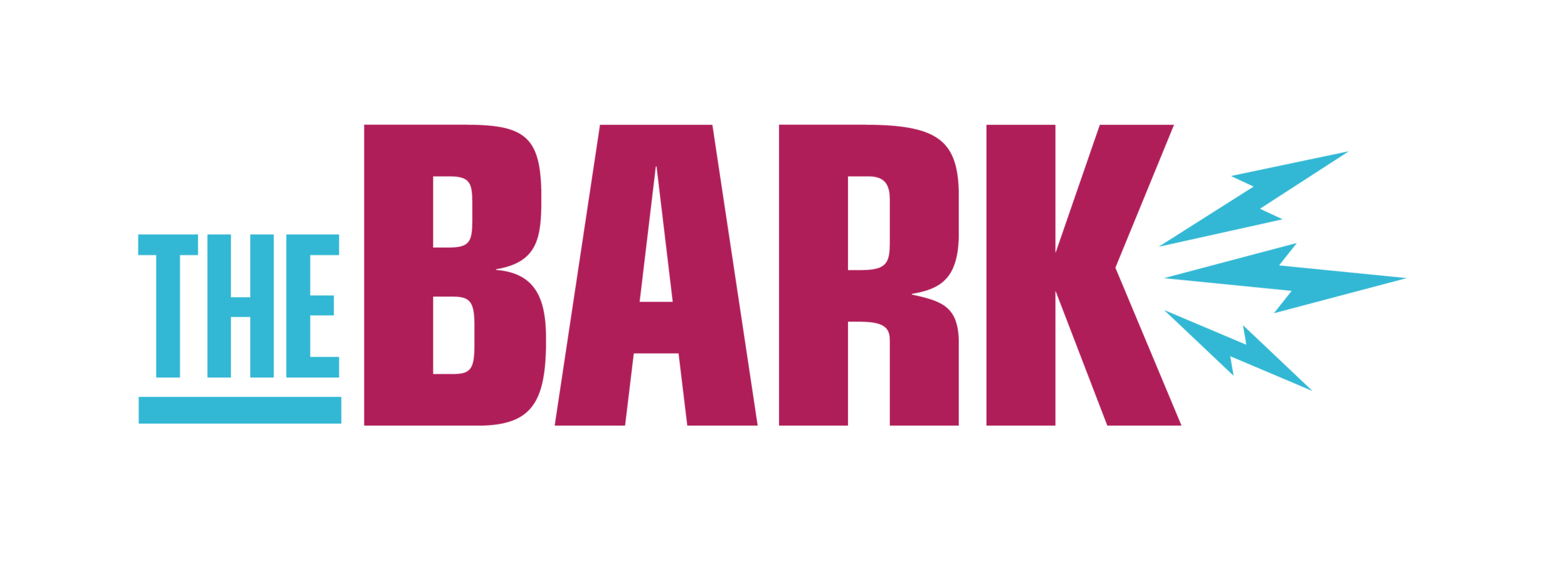Finding a green space during a white winter
Entering the Lower Greenhouse at UMD. Photo by Madison Hunter.
As you walk through the doors of the Lower Greenhouse, you’re hit by a wall of warm, humid air and the smell of a thousand different plants hitting your nose.
The UMD Lower Greenhouse is primarily used “to facilitate education at the university”, according to greenhouse manager Matthew Jahnke. It is also regarded as a conservatory that is open for the public to look around and spend time in. The plants in the Lower Greenhouse are used for various classes, such as biology, ethno-botany and art, while the Upper Greenhouse is reserved for research purposes.
According to the greenhouse website, “the year-round warmth and beauty of our greenhouses attract many visitors from around campus and the Duluth community to learn about native and exotic plants, rearing techniques, and to obtain a brief respite from northern Minnesota weather.”
Greenhouse manager Matthew Jahnke explains the layout of the Lower Greenhouse. Photo by Madison Hunter.
The greenhouse employs a number of undergraduate work study employees, in addition to unpaid volunteers who either “want to learn more about horticulture, or just enjoy spending time in the greenhouse,” according to Jahnke. Volunteers are expected to maintain a consistent schedule and undergo laboratory safety training prior to volunteering.
Grace Mclarnan, a first-year student studying communication sciences and disorders, is a student worker at the Lower greenhouse.
“I’m a canoe guide in the summer months, and my campers are always asking me about the plants, so knowing more about plant life is great for that,” Mclarnan said. “Before working here I didn’t really know a lot about plants. I just love plants and this opportunity makes it more a part of my life.”
The greenhouse is a beneficial space for all students and interested members of the community.
“[The greenhouse] improves the wellness and mental health of students,” said Jahnke. “College is a stressful time in your life—a lot of students are on their own
for the first time, and are balancing a bunch of classes and maybe a job, so the greenhouse is here to reduce stress and improve the mental wellbeing of students.”
“Obviously it gets very cold in Duluth and there’s not a lot of plant life in the winter, so I always appreciate just being able to come in and be refreshed by the smell and all of the life around,” added Mclarnan. “It’s very centering.”
The greenhouse rooms are devised by theme, including rooms devoted to orchids, edible plants, a pond room, a jungle room, a succulent/cactus room and a fern room.
Plants growing in the entrance to the Lower Greenhouse. Photo by Madison Hunter.
Renovations to the greenhouse added modern environmental controls which allow the windows to open and close in order to maintain temperatures. Each room has a sensor that takes the air temperature and humidity into account and sends the data to a computerized system. If a room gets too hot, the windows will open; they will close if it’s too cool.
“We do offer cuttings of most plants for free,” Jahnke said.
If you would like a plant cutting, you must ask the manager or one of the employees or volunteers working for assistance and you must provide your own soil and pot. Most cuttings can survive for up to several days outside of a pot.
Many interesting plants can be found in the greenhouse, including a curry plant that smells like curry if you rub its leaves, and various fruit plants, chocolate, a coffee tree and carnivorous plants. There is also a corpse flower, or amorphophallus titanum, which is the largest flowering plant in the world.
If you’re lucky, you may even spot the 10-year-old greenhouse turtle, Freckles, who is known for being elusive.
The Lower Greenhouse is open from 8 a.m. to 4:30 p.m. on weekdays, and is located on the first floor of the Life Science building.
A full inventory of plants can be found at this link.
To inquire about volunteering opportunities or further questions, contact Matthew Jahnke at mjahnke@d.umn.edu.
You can follow the greenhouse on instagram at @umdgreenhouse.



